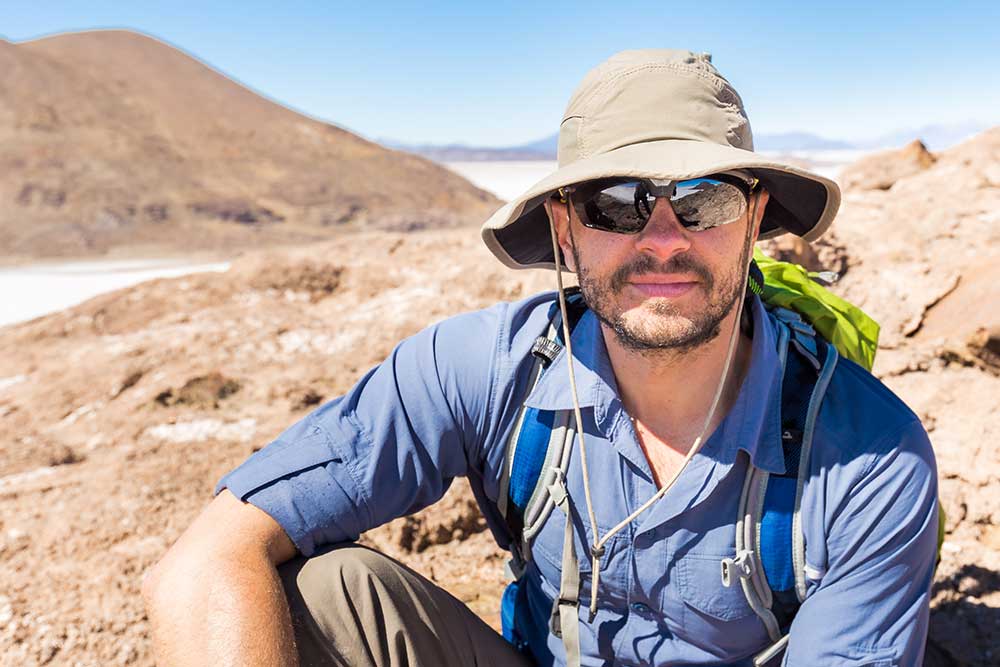All Categories
Featured
Table of Contents
Course: Basics In Geophysical Surveying in Maida Vale WA 2022

The main design for the radial structure of the interior of the Earth is the preliminary reference Earth design (PREM). Some parts of this design have been upgraded by current findings in mineral physics (see post-perovskite) and supplemented by seismic tomography. The mantle is primarily made up of silicates, and the boundaries between layers of the mantle follow phase transitions.

Schematic of Earth's magnetosphere. Flows from left to.
Inside the magnetosphere, there are fairly thick areas of solar wind particles called the Van Allen radiation belts. Geophysical measurements are usually at a particular time and location. Precise measurements of position, in addition to earth contortion and gravity, are the province of geodesy. While geodesy and geophysics are different fields, the 2 are so closely connected that many scientific companies such as the American Geophysical Union, the Canadian Geophysical Union and the International Union of Geodesy and Geophysics incorporate both.
What Is Geophysics And What Do Geophysicists Do? in Walliston Oz 2023
A three-dimensional position is calculated utilizing messages from 4 or more noticeable satellites and referred to the 1980 Geodetic Referral System. An alternative, optical astronomy, combines astronomical collaborates and the regional gravity vector to get geodetic collaborates. This approach only provides the position in 2 collaborates and is harder to utilize than GPS.
Relative positions of two or more points can be determined utilizing very-long-baseline interferometry. Gravity measurements became part of geodesy since they were needed to associated measurements at the surface area of the Earth to the reference coordinate system. Gravity measurements on land can be used gravimeters deployed either on the surface or in helicopter flyovers.
Satellites in space have actually made it possible to collect information from not just the noticeable light area, but in other locations of the electromagnetic spectrum. The worlds can be characterized by their force fields: gravity and their electromagnetic fields, which are studied through geophysics and space physics. Measuring the changes in acceleration experienced by spacecraft as they orbit has allowed great information of the gravity fields of the planets to be mapped.
Geophysical Method - An Overview in Attadale Australia 2020

Because geophysics is concerned with the shape of the Earth, and by extension the mapping of features around and in the planet, geophysical measurements consist of high precision GPS measurements. These measurements are processed to increase their precision through differential GPS processing. When the geophysical measurements have actually been processed and inverted, the interpreted results are outlined using GIS.
Numerous geophysics business have actually designed internal geophysics programs that pre-date Arc, GIS and Geo, Soft in order to fulfill the visualization requirements of a geophysical dataset. Expedition geophysics is used geophysics that frequently uses remote noticing platforms such as; satellites, airplane, ships, boats, rovers, drones, borehole sensing devices, and seismic receivers.
Aeromagnetic information (airplane collected magnetic data) gathered utilizing traditional fixed-wing airplane platforms must be corrected for electromagnetic eddy currents that are developed as the airplane moves through Earth's magnetic field. There are also corrections connected to modifications in measured possible field intensity as the Earth turns, as the Earth orbits the Sun, and as the moon orbits the Earth.
Importance Of Geophysical Surveys — Methods And Uses in Calista Australia 2020
Signal processing involves the correction of time-series data for undesirable noise or mistakes introduced by the measurement platform, such as airplane vibrations in gravity information. It likewise involves the decrease of sources of sound, such as diurnal corrections in magnetic data., meteorology, and physics.
The magnetic compass existed in China back as far as the fourth century BC. It was not till good steel needles could be forged that compasses were used for navigation at sea; prior to that, they might not keep their magnetism long enough to be helpful.
By taking a look at which of 8 toads had the ball, one could identify the instructions of the earthquake. It was 1571 years prior to the first style for a seismoscope was released in Europe, by Jean de la Hautefeuille. It was never developed. One of the publications that marked the start of contemporary science was William Gilbert's (1600 ), a report of a series of precise experiments in magnetism.
Frequently Asked Questions in Nollamara WA 2021
In 1687 Isaac Newton published his, which not just laid the structures for classical mechanics and gravitation but also discussed a variety of geophysical phenomena such as the tides and the precession of the equinox. The very first seismometer, an instrument efficient in keeping a continuous record of seismic activity, was constructed by James Forbes in 1844. Dietmar; Sdrolias, Maria; Gaina, Carmen; Roest, Walter R. (April 2008). "Age, spreading out rates, and spreading out asymmetry of the world's ocean crust". Geochemistry, Geophysics, Geosystems. 9 (4 ): Q04006. Bibcode:2008 GGG ... 9. 4006M. doi:10. 1029/2007GC001743. S2CID 15960331. "Earth's Inconstant Magnetic Field". science@nasa. National Aeronautics and Area Administration. 29 December 2003. Retrieved 13 November 2018.
Runcorn, S.K, (editor-in-chief), 1967, International dictionary of geophysics:. Pergamon, Oxford, 2 volumes, 1,728 pp., 730 fig Geophysics, 1970, Encyclopaedia Britannica, Vol. Introduction to seismology (Second ed.).
Table of Contents
Latest Posts
Geophysics, Engineering Geophysics And Applied ... in Carmel Western Australia 2023
Airborne Geophysical Surveys Of The Lower Mississippi ... in Balcatta Oz 2022
Working As A Geophysicist And Oceanographer In Canada in Cannington Australia 2023
More
Latest Posts
Geophysics, Engineering Geophysics And Applied ... in Carmel Western Australia 2023
Airborne Geophysical Surveys Of The Lower Mississippi ... in Balcatta Oz 2022
Working As A Geophysicist And Oceanographer In Canada in Cannington Australia 2023